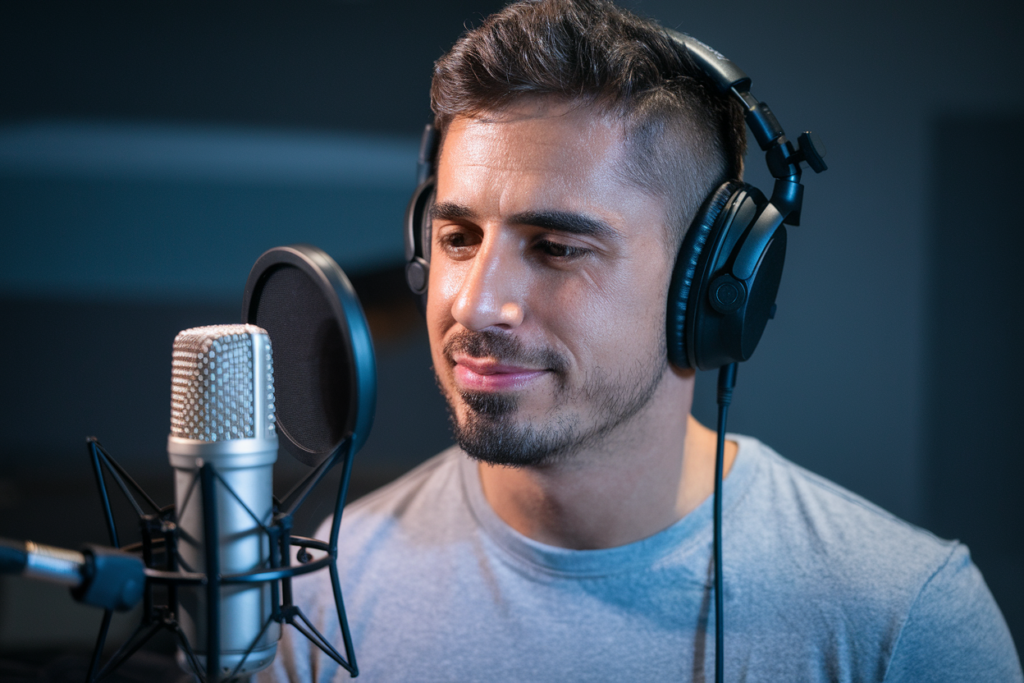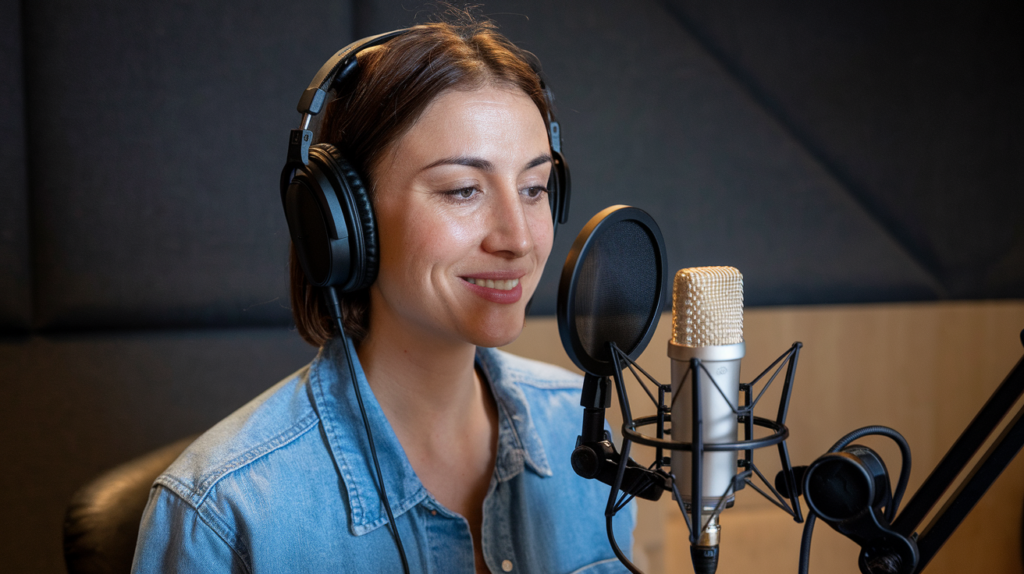Struggling with audio and video alignment issues can be frustrating, especially when it disrupts your viewing experience. I’ve faced these challenges myself, whether while editing videos or streaming content in Galician. It’s not just a minor inconvenience; misalignment can ruin the impact of a well-crafted message or story.
Common Issues With Audio-Video Sync
I often encounter several issues that affect audio-video sync during editing and streaming. Understanding these problems helps in addressing them effectively.
- Latency Issues
Latency refers to the delay between audio and video signals. High latency can occur due to slow processing speeds or network delays, leading to noticeable sync problems. - Codec Mismatches
Using incompatible codecs can create significant discrepancies between audio and video tracks. Different codecs may handle data at varying rates, causing synchronization issues. - Frame Rate Differences
When the frame rate of video doesn’t match the audio sample rate, sync problems arise. It’s crucial to maintain consistent frame rates across all media for proper alignment. - Hardware Limitations
Underpowered hardware can struggle with real-time processing of audio and video streams. Upgrading RAM or using a faster CPU may reduce lag and improve sync performance. - Improper Settings in Editing Software
Misconfigured settings in editing software can lead to desynchronization. Ensuring correct project settings for both audio and video tracks is essential for maintaining alignment. - Streaming Conditions
Live streaming introduces unique challenges such as fluctuating bandwidth and network interruptions, which can affect synchronization between audio and video components.
By recognizing these common issues, I can take proactive steps to ensure better alignment of audio and video, enhancing the overall viewing experience.
Causes of Audio-Video Misalignment
Audio-video misalignment often stems from various technical issues and software incompatibilities. Understanding these causes helps in troubleshooting and achieving better synchronization.
Technical Glitches
Technical glitches frequently disrupt the audio-video sync process. For instance, hardware malfunctions can create latency, resulting in delayed sound or image playback. Specific devices, like outdated sound cards or graphics processors, might struggle to handle high-definition content efficiently. Additionally, issues with cables or connectors can introduce interference that affects signal quality and timing. Identifying these glitches early on ensures a smoother viewing experience.
Software Compatibility
Software compatibility plays a crucial role in maintaining audio-video alignment. Different video editing programs may utilize unique codecs for compressing data, which can lead to mismatches when combining audio and video tracks. Using incompatible formats causes desynchronization during playback or export processes. Furthermore, updates to software applications can sometimes alter settings unexpectedly, affecting how files are processed. Ensuring all software components work harmoniously reduces the risk of misalignment significantly.
Solutions for Audio-Video Alignment
Addressing audio-video alignment issues requires both manual adjustments and the right software tools. Here are effective strategies to enhance sync.
Manual Adjustments
Adjusting audio and video manually can significantly improve alignment. I often start by checking the timeline in my editing software for discrepancies between audio and video tracks. If I notice a delay, I shift the audio track left or right until it lines up with the visual cues. Using frame-by-frame playback helps me pinpoint exact moments where misalignment occurs, allowing for precise adjustments. For live streaming scenarios, I synchronize audio using real-time monitoring tools that provide feedback on latency, ensuring an optimal experience.
Utilizing Software Tools
Leveraging specialized software tools streamlines the process of aligning audio and video effectively. Many editing programs feature built-in synchronization functions that automatically align tracks based on waveforms or markers. For instance, software like Adobe Premiere Pro offers an “Auto Sync” option that can quickly match clips based on their audio content. Additionally, utilizing plugins designed for syncing can further enhance accuracy by analyzing frame rates and adjusting settings accordingly. Regularly updating my editing software ensures compatibility with various codecs, reducing mismatches during projects.
Tips for Preventing Misalignment
- Choose Compatible Codecs: I always select codecs that work well together. Mismatched codecs can lead to significant sync issues.
- Maintain Consistent Frame Rates: I ensure all video clips share the same frame rate. Discrepancies in frame rates often cause misalignment during playback.
- Optimize Hardware Performance: I regularly check my hardware specifications and upgrade components if necessary. A powerful CPU and sufficient RAM reduce latency and enhance processing speed.
- Use Quality Cables and Connectors: I invest in high-quality cables to minimize signal interference. Poor connections can create unwanted delays that disrupt audio-video sync.
- Adjust Software Settings: I verify settings in my editing software before starting projects. Ensuring proper configurations helps prevent desynchronization from the outset.
- Test Before Finalizing: I conduct test runs of my videos, especially for live streaming scenarios. Testing allows me to identify issues early on, ensuring a smoother experience.
- Leverage Synchronization Tools: I utilize built-in synchronization features in programs like Adobe Premiere Pro or Final Cut Pro when available. These tools automatically align tracks based on audio cues, saving time and effort.
- Monitor Live Streams Closely: During live broadcasts, I keep an eye on both audio and video feeds simultaneously to catch any misalignments immediately.
By implementing these strategies consistently, I significantly reduce the chances of experiencing audio-video alignment problems during my projects.
Conclusion
Addressing audio and video alignment issues is crucial for delivering a polished viewing experience. I’ve found that understanding the root causes of these problems can make all the difference in my projects. By being proactive and implementing strategies like choosing compatible codecs and optimizing hardware, I can minimize misalignment.
Using specialized software tools has also proven invaluable in streamlining the synchronization process. Whether I’m editing or live streaming, real-time adjustments and monitoring can significantly enhance quality. With these insights and techniques, I’m confident that anyone can tackle audio-video sync challenges effectively, ensuring their message resonates clearly with viewers every time.








